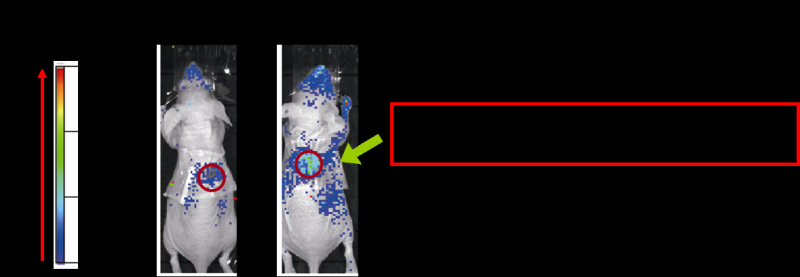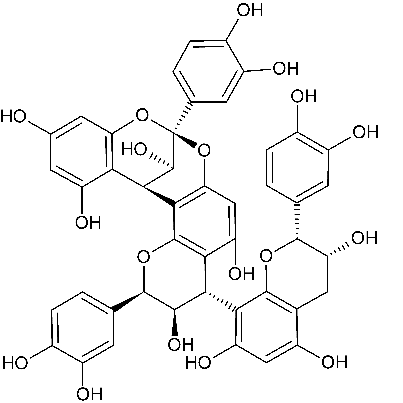A plant-based polyphenol for improving wound healing discovered

A research group led by Osaka University found a plant-based polyphenol, promotes the migration of Mesenchymal Stem Cells (MSCs) in blood circulation and accumulates them in damaged tissues to improve wound healing. It is anticipated that the results will be used for stem cell treatments for cutaneous disorders associated with various damage and lesions.
A group of researchers led by Kosuke Fujita , Visiting Researcher and Akito Maeda, Specially Appointed Professor at the HP Skin Regeneration, PIAS Collaborative Research, Osaka University clarified that cinnamtannin B-1, or vegetable-based polyphenol, promotes the migration of Mesenchymal Stem Cells (MSCs) in blood circulation and accumulates them in damaged tissues (Fig. 1) to improve wound healing.
It was found that cinnamtannin B-1 was likely to increase mobilization through the activation of enzymes surrounding MSC membranes and that the unique structure of cinnamtannin B-1 played an important role in that mechanism. (Fig. 2)
Flow cytometry analysis using mouse blood showed that MSCs were released from bone marrow to the blood in cinnamtannin B-1-administered mice.
Through in vivo imaging analysis, it was observed that MSCs migrate to wound treated with cinnamtannin B-1. It was also observed through experimentation that cinnamtannin B-1 enhanced wound healing.
From these findings, it was clarified that cinnamtannin B-1 migrated MSCs surrounding bone marrow and blood vessels to the blood and accumulated them on the wound site to enhance wound healing.

In experiments using enzyme inhibitors, the possibility that cinnamtannin B-1 enhanced mobilization through the use of activation of enzymes such as PI3 kinase near the cell membrane was shown.
By evaluating the activity of the molecular structure of cinnamtannin B-1 by structural unit, this group revealed that a dimeric structure in which two catechin are bound at a specific site is important for promoting the mobilization of MSC.
This group clarified that cinnamtannin B-1 accumulated MSC to damaged tissues to improve wound healing. It is anticipated that these results will be used for stem cell treatments for cutaneous disorders associated with various damage and lesions.
More information: Kosuke Fujita et al. Cinnamtannin B-1 Promotes Migration of Mesenchymal Stem Cells and Accelerates Wound Healing in Mice, PLOS ONE (2015). DOI: 10.1371/journal.pone.0144166


















